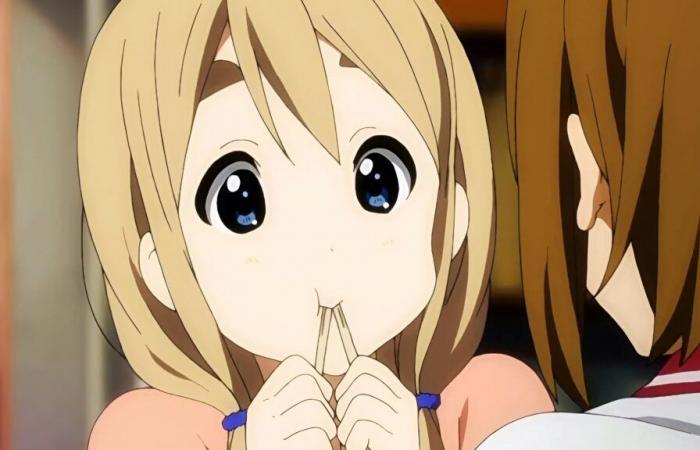Can you imagine multiply your money 15 times in a decade? It sounds like a pyramidal scam or a dream of cryptoinversionist … but it happened. And it happened in the world of anime. Toei Animation, the legendary house behind franchises such as “Dragon Ball”, “One Piece” and many more, has seen how the value of its shares went from 236 yen to 3530 yen in just ten years. That is a jump of more than 15 times, which has made its bag value exceed 700 billion yen. Not bad for a study that was previously seen as part of child entertainment.
And it is not the only one. Ig Port, known for responsible animations such as “Shingeki no Kyojin” and “Ghost in the Shell”, also multiplied its value in the same period, from 336 to 2047 yen. Not as brutal as Toei, but it is still a considerable rush.
The boom is no accident. In the midst of a somewhat turbulent global panorama – yes, we are looking at US tariff policies again – investors are betting on industries that do not depend so much on exporting physical products, such as anime, video games and music. Companies such as Sony, Bandai Namco, Kadokawa and Toho are also climbing like foam. In fact, the most successful ETF in Japan in 2024 was the one that invests in Japanese anime and video games, according to the Nikkei newspaper. That is, the money is going where the Waifus and the wicks are.
While the Japan Nikkei index collapsed 16% since its maximum peak, Toei Animation rose 35% in the last year. And toho? Almost 56% increase, especially after announcing that anime will be a new key area of its business, along with cinema, theater and real estate sector. Yes, now the anime competes with buildings and plays. The reason is clear: tariffs high taxes by the US do not affect both digital content as they do with cars, steel or appliances. And as the anime is distributed online or on streaming platforms, it is immune to many of those commercial obstacles.
But … Is it all pink? Not quite. Although now the anime seems a safe investment, not everything is so predictable. The United States government already mentioned among its objectives such as piracy and theft of intellectual property, which could affect anime if the rules change. And although growth has been incredible, stock indicators such as per and PBR are very high, which means that current prices already reflect huge expectations about the future. If the market stops trusting that growth, a strong fall could be coming. It has already happened before: in the 2000, there was a similar bubble with companies such as Gonzo (GDH), Visual Bandai or Mag Garden, which today no longer exist as such.
So is it worth betting on anime? Today, yes. The global anime market has almost tripled since 2009, from 1.26 billion to more than 3.34 billion yen in 2023. In addition, access to international markets and the potential of derived products remains enormous. Of course, as in any investment, you don’t have to trust too much. But at least for now, it seems that the Waifus, the IDOLs and the anime are still a good business.






